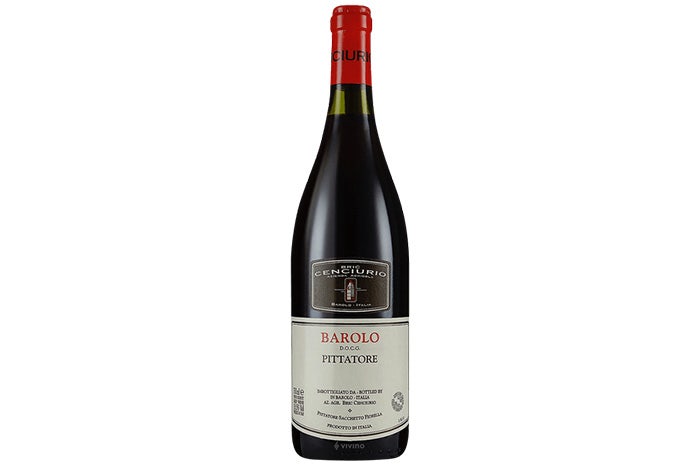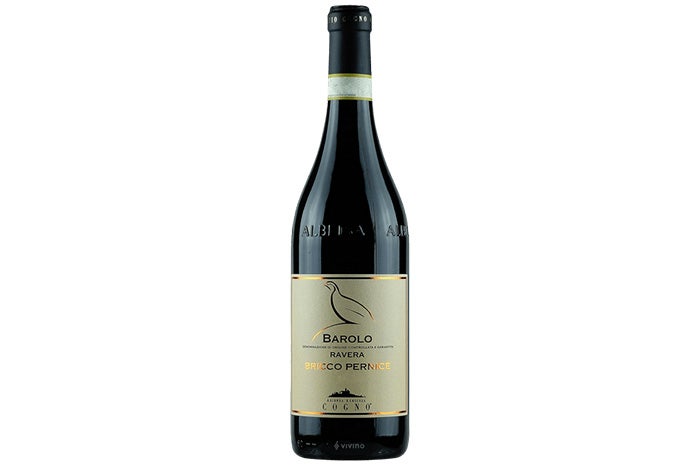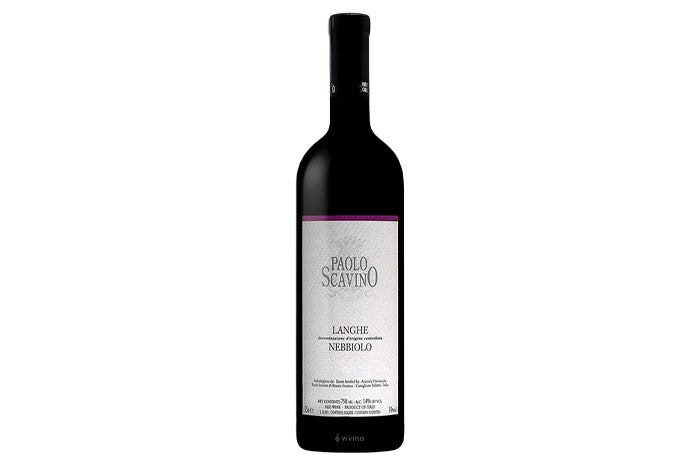Best Barolo Wine | Wine Enthusiast
Not many bottles get to claim to be “the king of wines,” but Barolo has snagged that prestigious title in the hearts of many. Made in Northwestern Italy, this bold red wine has been enjoyed for centuries. But whether Barolo is a staple in your collection or you’ve never tried a bottle yourself, there’s a lot to learn about the classic Italian wine.
Here, we break down what makes these wines so unique, plus our picks for the best Barolo bottlings.
What Is Barolo Wine?
Barolo is a red wine, made only from the red grape Nebbiolo, which is well known for high acid, high tannins and flavors of red fruits, dried herbs and flowers. Barolo in particular is famous for its complexity, firm texture and ability to improve with age. These wines are often aged for a long time in oak to help soften the tannins.
Many Italian wines are named for the region in which they are produced, rather than the grape variety, and Barolo is no exception: It’s produced in the Barolo wine region of Piedmont. This area, called the Barolo Denominazione di Origine Controllata e Garantita (DOCG), is home to 11 villages that produce this wine. Though winemakers sometimes produce these bottles by blending Nebbiolo from multiple vineyards, producers also make single-designation Barolos. Among the 11 villages that produce Barolo, the most well-known are La Morra, Serralunga d’Alba, Monforte d’Alba, Castiglione Falletto and Barolo.
The History of Barolo Wine
Like most aspects of wine history, it’s difficult to say when the first Barolo was made. What we do know is that Northern Italy has been producing wine for centuries. According to Barolo and Barbaresco: The King and Queen of Italian Wine, by Kerin O’Keefe, the dry modern version that we know today most likely came about in the mid-1800s. Before that, wines from this region tended to be much sweeter. But even these earlier versions were beloved by noted historical figures like Thomas Jefferson, according to Barolo and Barbaresco.
In one story, a French woman named Juliette Colbert de Maulevrier (1785–1864) married an Italian man, Carlo Tancredi Falletti (1782–1838). De Malévrier, known as Giulia Falletti in Italy, and her husband owned estates in what we now call Barolo. According to legend, she became interested in viticulture and asked Louis Oudart, a French winemaker, to take over production. Once he did, the dry Barolo we know today was born. But, in another legend, Camillo Benso, the Count of Cavour (1810–1861) was the one who asked Oudar to come and oversee wine production in Barolo at his own estate—giving birth to the style we know today.
No matter the history, Barolo wines are a favorite among wine drinkers. Here, we share our favorite Barolo wines for every taste and preference.
Our Favorite Barolos
92 Points Wine Enthusiast
Aromas of dark-skinned fruit, cedar and tobacco lead the way. The full-bodied palate offers baked plum, mocha and clove alongside tightly-wound tannins. Drink 2024-2033. —Kerin O’Keefe
$23
Wine-Searcher

91 Points Wine Enthusiast
Earthy aromas of tobacco, scorched earth and dark-skinned fruit emerge from the glass. The full-bodied palate offers ripe balckberry, clove and licorice alongside close-grained tannins. Drink 2024–2029. —K.O.
$ Varies
Wine-Searcher

99 Points Wine Enthusiast
A combination of an extraordinary vintage and a fantastic producer are behind this stunning wine. It opens with aromas recalling woodland berry, pipe tobacco, forest floor, balsamic notes of camphor and new leather. Still youthfully austere, the firmly structured palate delivers ripe Morello cherry, licorice, ground clove and iron notes set against tightly knit, fine-grained tannins. Bright acidity keeps it well balanced. Drink 2028–2046. Cellar Selection. —K.O.
$ Varies
Wine-Searcher

96 Points Wine Enthusiast
Defying the heat of the scorching vintage, this fragrant red has aromas of iris, violet, wild berry, leather and eucalyptus. On the full-bodied, delicious palate, fresh acidity and firm, fine-grained tannins support dried cherry, nutmeg and licorice before a tobacco finish. Drink 2025–2032. —K.O.
$ Varies
Wine Searcher

94 Points Wine Enthusiast
Aromas of red berry, camphor and wet stone form the nose. Savory and vaunting an understated elegance, the luminous, focused palate offers strawberry compote, juicy red cherry, baking spice and crushed mint framed in fine-grained tannins. Vibrant acidity keeps it energized and balanced. Drink 2026–2033. —K.O.
$45
Vivino

96 Points Wine Enthusiast
This stunning, delicious red boasts enticing scents of camphor, rose petal, small red berry and spice while the delicious palate stuns with strawberry compote, baking spice and star anise. Smooth, silky tannins and fresh acidity keep it perfectly balanced. Drink 2024–2030. Editor’s Choice. —K.O.
$65
Wine.com

95 Points Wine Enthusiast
Heady aromas of violet, camphor, leather and tobacco lead the way on this fragrant red. On the palate, tightly knit, fine-grained tannins accompany ripe Marasca cherry, crushed raspberry and licorice. Fresh acidity keeps it balanced. Drink 2025–2035. Cellar Selection. —K.O.
$100
Wine.com

95 Points Wine Enthusiast
Woodland berry, blue flower and wild mint aromas fill the glass on this fragrant red along with whiffs of dark spice. Focused and linear, the vibrant palate delivers juicy pomegranate, spiced cranberry, star anise and menthol alongside tightly wound, fine-grained tannins. Bright acidity keeps it balanced. Drink 2026–2038. Cellar Selection. —K.O.
$ Varies
Wine.com
How Much Does Barolo Wine Cost?
Like just about everything in wine, it depends! Some bottles cost hundreds of dollars, but you can occasionally find good selections from as low as $25.
How Long Can You Keep Barolo Wine?
Just like price, there are many factors that go into this. Some Barolos are meant for aging, but some are best enjoyed young within a few months of buying. If you’d like an age-worthy Barolo, look for one that’s high in acid and has rich tannins and very pronounced flavors. If you are planning on storing that special bottle, just make sure to do so in a dark, cool place. Check out our other storage tips here.
How to Serve Barolo Wine
In general, red wines should be served somewhere between 65 and 68°F. This allows their fruit flavor and bold aromas to come through. Proper glassware helps you to fully experience your Barolo, and decanting can help the rather tannic wine breathe, become a bit softer in texture and enhance aromas.
How Do You Pair Barolo Wine?
Everyone has their own approach to food and wine pairings. It’s also important to keep in mind that every Barolo is going to be different and so will your personal preferences. So, evaluate what’s in your glass and what you like. In general, steak, brisket and charcuterie boards are going to be excellent pairing options. Also, risotto made with red wine is a classic pairing in the Piedmont region where Barolo is located.
Why You Should Trust Us
All products featured here are independently selected by our team, which is comprised of experienced writers and wine tasters and overseen by editorial professionals at Wine Enthusiast headquarters. All ratings and reviews are performed blind in a controlled setting and reflect the parameters of our 100-point scale. Wine Enthusiast does not accept payment to conduct any product review, though we may earn a commission on purchases made through links on this site. Prices were accurate at the time of publication.
-

Riedel Vinum Pinot Noir/Burgundy Wine Glasses (Set of 2)
-

Wine Enthusiast Classic 80 Wine Cellar


